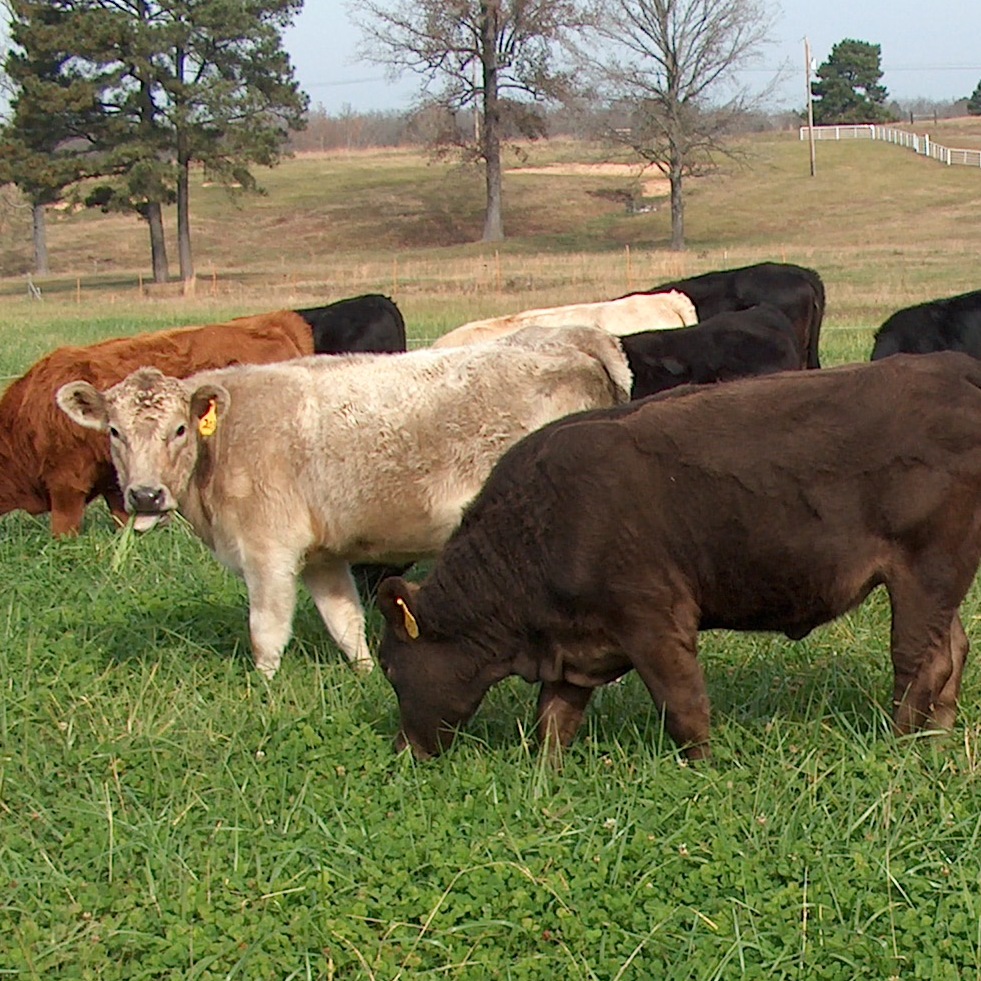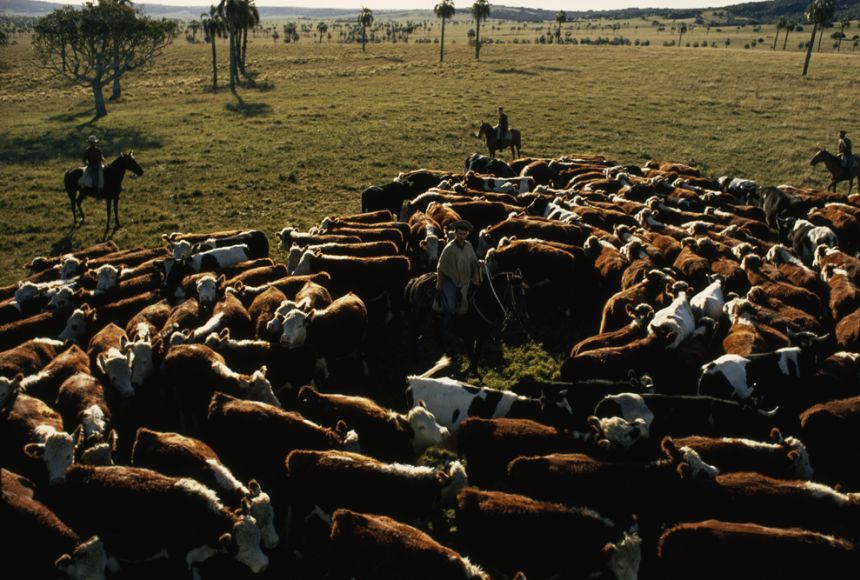Cattle breeding is both a science and an art, requiring an in-depth understanding of genetics, animal husbandry, and market demands. For ranchers like Mill Iron Diamond Cattle, selective breeding is a critical tool used to enhance desirable traits, improve herd health, and produce high-quality beef. By leveraging advancements in genetics, breeders can create superior cattle that meet industry standards and consumer expectations.
The Science of Selective Breeding
Selective breeding involves choosing parent cattle with specific traits to produce offspring that inherit those desirable characteristics. Some of the key traits breeders focus on include:
- Growth Rate – Faster-growing cattle reach market weight sooner, reducing costs and improving profitability.
- Meat Quality – Traits like marbling, tenderness, and muscle development impact the flavor and texture of beef.
- Fertility and Reproduction – High fertility rates ensure a consistent supply of quality calves for future generations.
- Disease Resistance – Selecting cattle with strong immune systems reduces the need for medical intervention and improves overall herd health.
The Role of Genetics in Beef Production
Modern cattle breeders use genetic testing and advanced selection techniques to enhance herd performance. Through DNA analysis, ranchers can identify genetic markers associated with superior meat quality, growth potential, and resistance to common diseases. This scientific approach allows breeders to make informed decisions when pairing bulls and cows to achieve optimal results.
Case Studies in Successful Breeding
Mill Iron Diamond Cattle has implemented strategic breeding programs that have yielded impressive results. By carefully selecting sires and dams based on performance data, they have successfully improved their herd’s average daily weight gain, enhanced marbling scores, and maintained a high rate of reproductive success. Collaborations with geneticists and industry experts have further refined their breeding strategies, ensuring continued progress and sustainability.
Expert Insights on Cattle Breeding
Industry experts emphasize the importance of balancing genetic selection with proper nutrition and management practices. Dr. John Carter, a leading animal geneticist, notes, “Genetics lay the foundation for quality beef production, but it’s the combination of good breeding, proper feeding, and responsible animal care that truly makes the difference.”
The Future of Cattle Breeding
As technology advances, cattle breeding will continue to evolve. The integration of artificial intelligence, precision breeding techniques, and data analytics will further refine selection processes, leading to even greater efficiency and sustainability in beef production. For ranchers committed to quality, staying at the forefront of these innovations will be key to long-term success.
Conclusion
The art of cattle breeding is an ongoing journey of improvement and refinement. By understanding and applying genetic principles, breeders like Mill Iron Diamond Cattle can produce high-quality beef that meets the demands of both consumers and the industry. With continued advancements in genetics and breeding techniques, the future of beef production looks promising, ensuring a steady supply of nutritious, flavorful, and sustainable beef for generations to come.


